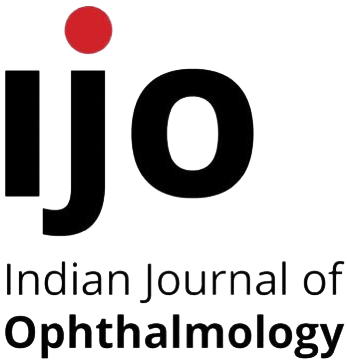Purpose
To describe our results with the AssiAnchor capsule device in cases of ubluxated crystalline lenses.
Methods
This was a retrospective consecutive case series. Seven eyes of four patients with subluxated crystalline lenses underwent lensectomy/phacoemulsification with intraocular lens (IOL) implantation using the AssiAnchor capsule device in the Kaplan medical center, ophthalmology department. Three patients had Marfan syndrome and one patient had experienced blunt trauma. Demographic data were collected as well as parameters of pre‑ and postoperative distance visual acuity and refraction, intra‑, and postoperative complications, and IOL stability and centration. Results: Six out of the seven surgical procedures were uneventful with in‑the‑bag implantation of the IOL. In the first surgery, a tear of the capsular bag lead to IOL exchanging and fixating to the AssiAnchor and to the iris. In the traumatic cataract case, two AssiAnchors were used. A capsular tension ring was implanted in six out of seven surgeries. The average follow‑up time was 9.5 ± 6.8 months. All the IOLs were stable and well centered except for the first IOL that exhibited a slight temporal, but not clinically significant, decentration. The distance visual acuity and the refractive parameters improved significantly in all cases. Conclusion: We found the AssiAnchor capsule device an effective tool with a short learning curve for treating subluxated lenses.

